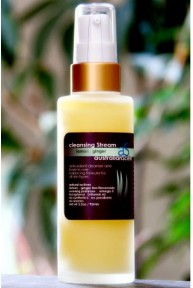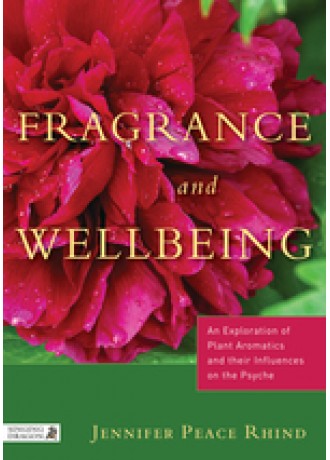Fragrance and Wellbeing By Jennifer Peace Rhind
New!
Fragrance and Wellbeing
Plant Aromatics and Their Influence on the Psyche
Jennifer Peace Rhind
Buy new! Available for pre-order. Estimated delivery time 3-4 weeks. We will keep you posted once shipment has arrived Singapore.
For thousands of years fragrance has been used, across many varied cultures, for altering mental and emotional states, and as part of spiritual practice. This book explores the impact of fragrance on the psyche from biological, anthropological, perfumery and aromatherapy viewpoints.
Beginning with an exploration of our olfactory system and a discussion of the language of odour, the book examines the ways in which fragrance can influence our perceptions and experiences. It introduces us to a broad range of fragrance types – woody, resinous, spicy, herbaceous, agrestic, floral and citrus, as well as the attars that form part of Unani Tibb medicine. Traditional and contemporary uses and the mood-enhancing properties of fragrance types are presented. The book then provides an overview of the theoretical and philosophical frameworks that have been used to analyse how and why we choose fragrance. Finally readers are given guidance on how to cultivate their olfactory palate, which reveals a new dimension in the use of fragrance to enhance wellbeing.
This book offers a wealth of knowledge on plant aromatics and the powerful influence of fragrance on wellbeing. It will be of particular interest to aromatherapists, perfumers, psychotherapists, ethnobotanists and anthropologists.
Contents
Preface. Introduction. Part I. Scent: A Pan-Dimensional Perspective. 1. The Fallen Angel. 2. Smell and the psyche. 3. Per fumum. 4. Perfume: The transcendence of the sweet life. Part II. A Natural Palette of Aromatics. 5. Fragrance philosophies. 6. Woody, resinous, balsamic and coniferous scents. 7. Spices. 8. Herbaceous, green, camphoraceous, cineolic and agrestic scented botanicals. 9. Flowers. 10. Citrus, lemon-scented botanicals and fruity fragrances. 11. Attars and the role of fragrance in Unani Tibb medicine (Jeannie Fatimeh Graham). In conclusion. 12. Cultivating the olfactory palate. Glossary. Appendix A. Classification of fragrance. Appendix B. Ambergris. Appendix C. Fragrance and the four elements. Appendix D. Developing sensory appreciation of plant aromatics, essential oils, absolutes and fragrances. References. Bibliography for Chapter 11. Recommended reading.
| Product Specifications | |
| Page | 448pp |
| Published Date | October, 2013 |
| Publisher | Singing Dragon UK |
| Specifications | 254mm x 177.8mm / 10in x 7in |
Write a review
Your Name:Your Review: Note: HTML is not translated!
Rating: Bad Good
Enter the code in the box below:









